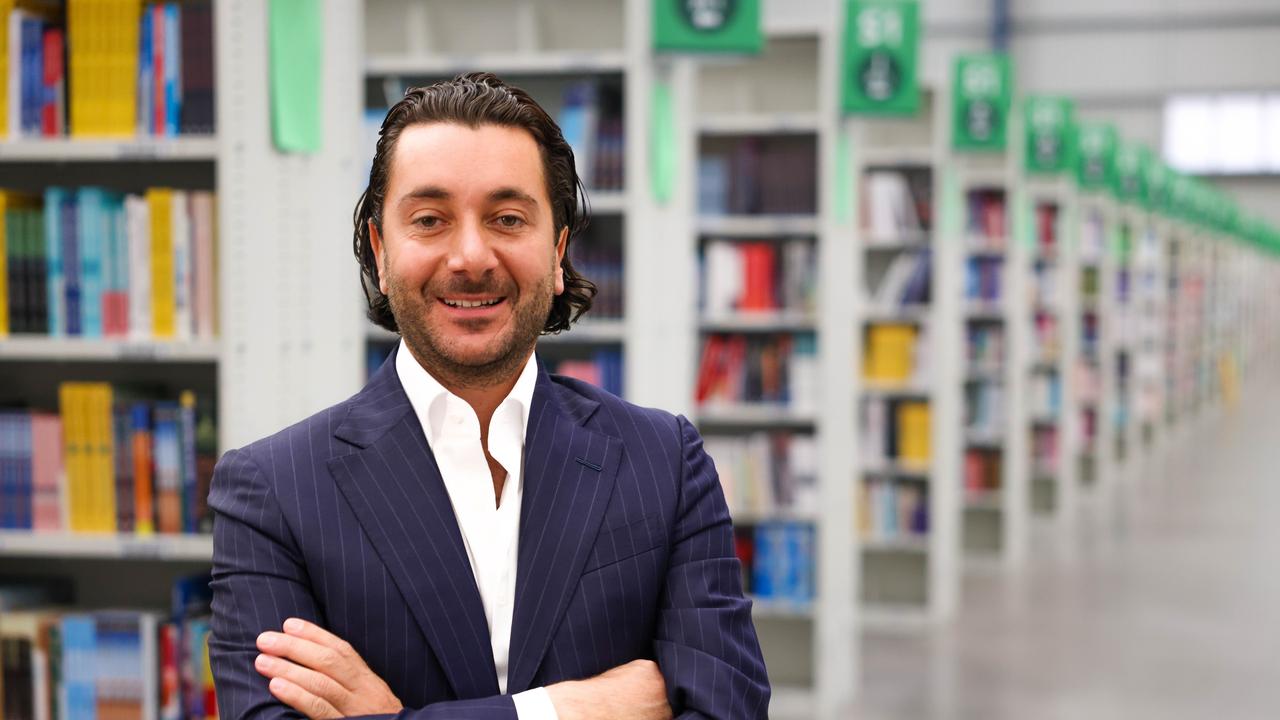Nescafe creativity brews up coffee market growth
Nescafe’s Martin Brown tells The Growth Agenda how its creative marketing helped convince one of the world’s most sophisticated coffee cultures to drink more instant coffee.

A Nescafe marketing campaign that delivered a 2.5 per cent jump in volume share and drove “significant” growth across the entire retail coffee category was the result of “simple storytelling” combined with a powerful insight.
Nestle Oceania general manager, beverages Martin Brown told The Growth Agenda the Now’s Good advertising campaign for its Nescafe Cafe Creations coffee mixes had not only stemmed product decline but delivered growth by driving behaviour change among consumers in a competitive market.
“Australians are really proud that we’re one of the most sophisticated coffee cultures in the world. The out of home coffee experience, particularly in Sydney and Melbourne, is at the forefront of coffee culture in the world,” said Mr Brown.
When you consider coffee drinkers account for more than three-quarters of the adult population it is easy to assume we are a nation of coffee snobs, a point Brown is quick to correct.
“Over 60 per cent of all the cups of coffee drunk at home are instant coffee.”
Australia’s $1.3bn retail coffee market is unique, brimming with established brands, loyal consumer behaviours and a significant amount of innovation, in terms of segments such as mixes, coffee pods and ground coffee. Mr Brown calls it “healthy”, but concedes the challenges are great.
When the cost-of-living pressures began to bite, Nescafe seized on an opportunity to leverage its Cafe Creation range, which offers cafe-style coffee sachets that can be made without a machine or milk, at a fraction of the price of a coffee shop drink.
“Increasingly, what we find is there’s a broad repertoire of different types of coffee that people drink, but there are fundamental strengths to instant coffee that still underpin its relevance, particularly as cost of living pressures increase.
“Convenience, value and customisation are powerful benefits that cut through that perception that coffee aficionados don’t drink instant coffee. When you have a 9c cup of instant coffee versus a $5 barista-made cup of coffee, you make choices.”
Nescafe recognised the opportunity to target consumers who might be rethinking their coffee choices with the Cafe Creations range. Armed with the insight that consumers viewed the product as a drink for special occasions, they worked with creative agency Saatchi & Saatchi to find a creative way to boost the brand.
“We had a very heavy base of light users who had tried it, liked it, and had it in the cupboard but they would only drink it occasionally. The challenge was to make it more of a daily routine,” said Mr Brown.
The campaign depicted people taking a break at home to enjoy a cafe-style coffee. As the camera panned out, the ads revealed the surprising locations where these people were taking their break — from a man building a cubby house, a woman moving house and a man taking sanctuary in his docked boat.
The campaign’s secret ingredient was challenging the idea that a coffee break needs to be long to be good, said Saatchi & Saatchi managing director Toby Aldred.
“One of the tensions for us with Cafe Creations was people believed to be able to enjoy a barista-style level of coffee, they needed 30 or 40 minutes to enjoy a coffee by themselves. So the secret ingredient was convincing them that a break doesn’t have to be long to be restorative. When you have a coffee at home, you can make a beautiful cafe-style coffee in a moment and you can enjoy it anywhere.”
The “screen-heavy” campaign has had a “significant” impact on the business, according to Mr Brown.
While Nescafe was the market leader in the coffee mixes category, its share had been eroding. The campaign drove a 2.5 per cent year-on-year increase in value share, with the growth in volume outpacing value. The activity has also grown the entire coffee mixes segment, which is now the fastest-growing segment in the retail coffee market.
Both heavy and medium coffee consumers have increased the number of serves purchased by 7.3 per cent and 23 per cent respectively year-on-year. The marketing activity has also helped convert light coffee drinkers to medium and even heavy drinkers, growing penetration in high-value households by 3.5 per cent year-on-year, according to Circana data.
This impact on consumer behaviour is the most significant result of the marketing activity, said Mr Brown.
“When we celebrate great advertising, we often look at the explosive growth of something new, shiny and different and how the creativity showcases the excitement, innovation and novelty of the product or brand. It’s arguably a lot harder to take an established brand in an established segment and drive significant behaviour change.
“Taking a brand like Nescafe and driving a significant growth in cups of coffee in a sophisticated coffee market like Australia, that’s rare, and we’re really proud of the results.”
Mr Brown credits the growth to the simplicity of “understanding where the majority of drinkers’ needs are, unlocking the consumption occasion and giving people a reason to find pleasure in those incremental occasions. Also, really elegant, simple storytelling that brought the insight to life and in a very relatable way.”
Mr Brown said Nescafe planned to continue to evolve the campaign and the creative idea to further build on the growth.
“I think consistency is seriously undervalued,” he said.
“Often marketing teams get bored with their own campaigns long before the consumer does. We really aspire to great consistency with evolution around the core messages and making sure that we’re increasing memorability in everything that we do.”
Memorability is also crucial for long-term brand building, particularly in the current short-term, performance based market, said Mr Aldred.
“From our perspective, it’s less long versus short, or performance versus brand, rather it is memorable versus unmemorable. Short term activation is really important, but it ain’t going to work if it’s not memorable. So it should be coming from a memorable platform that does require setting up, that does require an investment, and then you can put it through the funnel, but wherever you turn up, it’s really important to be memorable.
“That is the biggest challenge in the industry, [and] it’s the biggest opportunity. There’s so much work that’s average and unfortunately, appears unmemorable. It’s a huge opportunity if you’re the one who’s brave enough to connect to the audience properly and be memorable,” said Mr Aldred.


